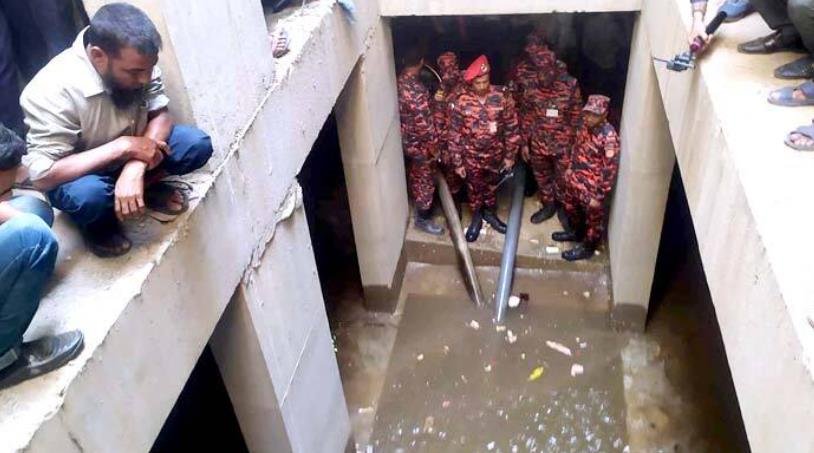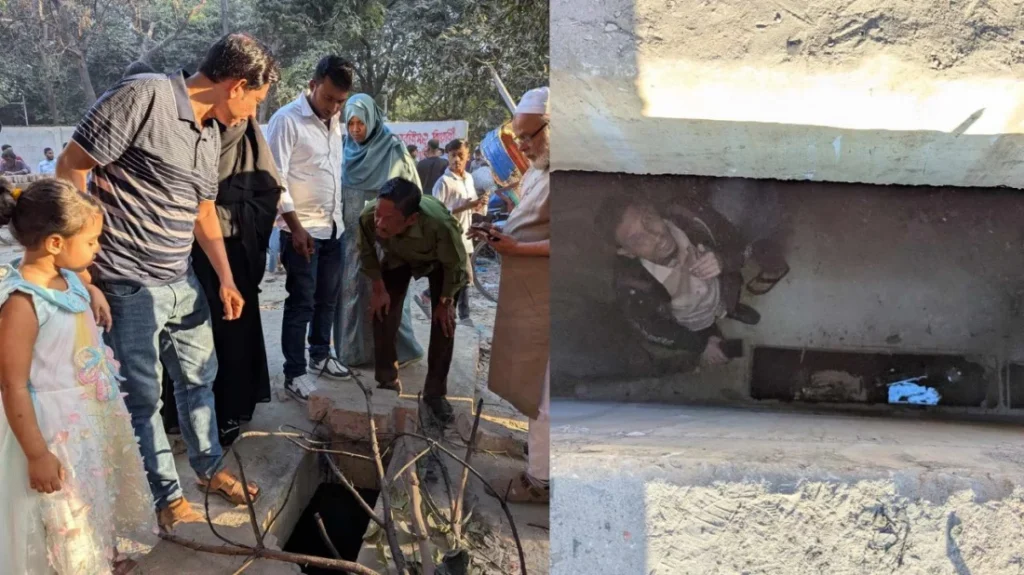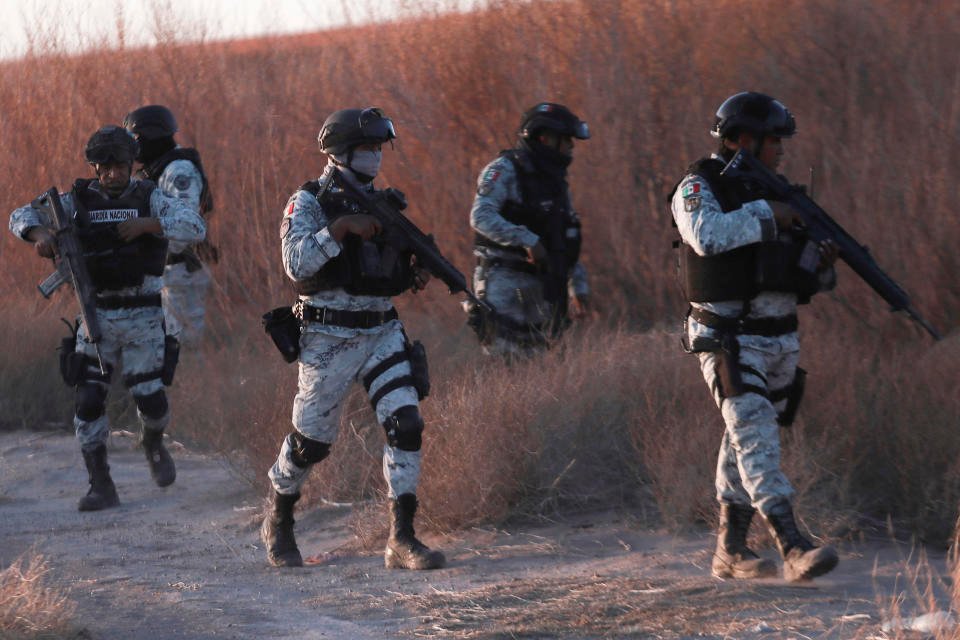The dense jungles of Guam held a secret for nearly three decades—a secret that would shock the world on January 24, 1972, when two local hunters discovered a man who had been hiding there since 1944. Shoichi Yokoi, a lance corporal in the Imperial Japanese Army, had no idea that World War II had ended 28 years earlier. His incredible story is one of survival, loyalty, and the lasting impact of war.
Early Life and Military Service
Shoichi Yokoi was born on March 31, 1915, in Saori, a small village in Japan’s Aichi Prefecture. He grew up during the tumultuous years of the early 20th century, witnessing the aftermath of World War I and Japan’s militarization. In 1941, at the age of 26, he enlisted in the Imperial Japanese Army, driven by a sense of duty and national pride.
During World War II, Yokoi was stationed in the Pacific Theater, serving in Guam when the U.S. launched a decisive attack in July 1944. The Japanese forces, unable to withstand the onslaught, suffered heavy losses. As the situation became increasingly dire, Yokoi and a group of soldiers retreated into the jungle, determined to evade capture at all costs.
The Beginning of Isolation
For the first few years, Yokoi and his fellow soldiers survived together, scavenging for food and avoiding detection by U.S. forces and local hunters. Their existence was harsh and uncertain. They hunted small animals like rats, frogs, and eels, often eating poisonous frogs in desperation. To avoid leaving tracks, they moved cautiously and wiped away footprints.
Over time, disease, starvation, and natural disasters took their toll. By 1964, Yokoi’s last two comrades had died in a devastating flood, leaving him entirely alone. For the next eight years, he lived in solitude, relying on his ingenuity and survival skills to stay alive.
Yokoi built a subterranean shelter out of bamboo and other materials he scavenged from the jungle. The shelter was small but offered protection from the elements and potential threats. His diet consisted of anything he could find—wild plants, insects, and small game. Despite the hardships, he remained committed to his belief that being captured would bring dishonor to himself, his family, and his country.
Discovery After 28 Years
On January 24, 1972, two local hunters were searching for shrimp in a remote part of Guam when they encountered Yokoi. He was initially terrified, believing they were enemies who had come to capture him as a prisoner of war. Frail and malnourished, he tried to resist, even attempting to grab his old rifle, which had long since rusted and become unusable.
When the hunters reassured him that the war had ended decades ago, Yokoi was stunned. He had spent 28 years hiding in the jungle, unaware that Japan had surrendered in 1945 after the devastating bombings of Hiroshima and Nagasaki. The news shattered his perception of reality.
A Hero’s Return to Japan
Yokoi was flown back to Japan, where he was welcomed as a national hero. The Japanese people admired his unwavering loyalty and perseverance, seeing him as a symbol of dedication to his country. However, Yokoi struggled to adjust to the modern world.
Japan had undergone a dramatic transformation during his years in isolation. The once war-torn country had become an economic powerhouse, with skyscrapers, bullet trains, and a fast-paced lifestyle. Yokoi found it difficult to reconcile this new reality with the memories of the Japan he had known.
Despite his fame, Yokoi lived a quiet life, marrying and occasionally traveling to Guam for events. He often reflected on his experiences, documenting them in a book titled “Private Yokoi’s War and Life on Guam, 1944–1972,” which was published in Japanese and later translated into English in 2009.
Life in the Jungle
Yokoi’s survival skills were nothing short of remarkable. Using bamboo, he crafted traps to catch fish and small animals. He learned to extract fibers from tree bark to make clothing. Even his underground shelter was a feat of ingenuity, designed to keep him hidden and safe from wild animals and intruders.
Yet, his life in the jungle was far from easy. Yokoi suffered from malnutrition and loneliness. He missed his family and homeland but remained determined to uphold the Japanese military’s code of honor. His dedication was so strong that he didn’t allow himself to die in the open, fearing his body might fall into enemy hands.
Cultural and Historical Impact
Yokoi’s story is not just a tale of survival—it is a reflection of the cultural values and military discipline ingrained in Japanese soldiers during World War II. The concept of “bushido” (the way of the warrior) emphasized loyalty, honor, and self-sacrifice, principles Yokoi embodied throughout his years of isolation.
His return to Japan sparked discussions about the psychological effects of war, the lengths soldiers went to uphold their duty, and the human cost of conflict.
Legacy and Death
Shoichi Yokoi passed away on September 22, 1997, at the age of 82. His life remains a testament to the resilience of the human spirit and the complexities of war. Today, his handmade traps, clothing, and tools are displayed in museums in Guam, preserving the legacy of a man who survived against all odds.
Lessons from Yokoi’s Life
- Resilience in Adversity: Yokoi’s ability to survive for 28 years in isolation is a remarkable example of human endurance and adaptability.
- The Cost of War: His story highlights the long-lasting impact of war, not just on soldiers but on entire nations.
- Cultural Values: Yokoi’s unwavering sense of duty reflects the deep-rooted cultural traditions of Japan during World War II.
- Adaptation and Change: His struggle to adjust to post-war Japan serves as a reminder of the challenges faced by those returning from prolonged isolation.
















